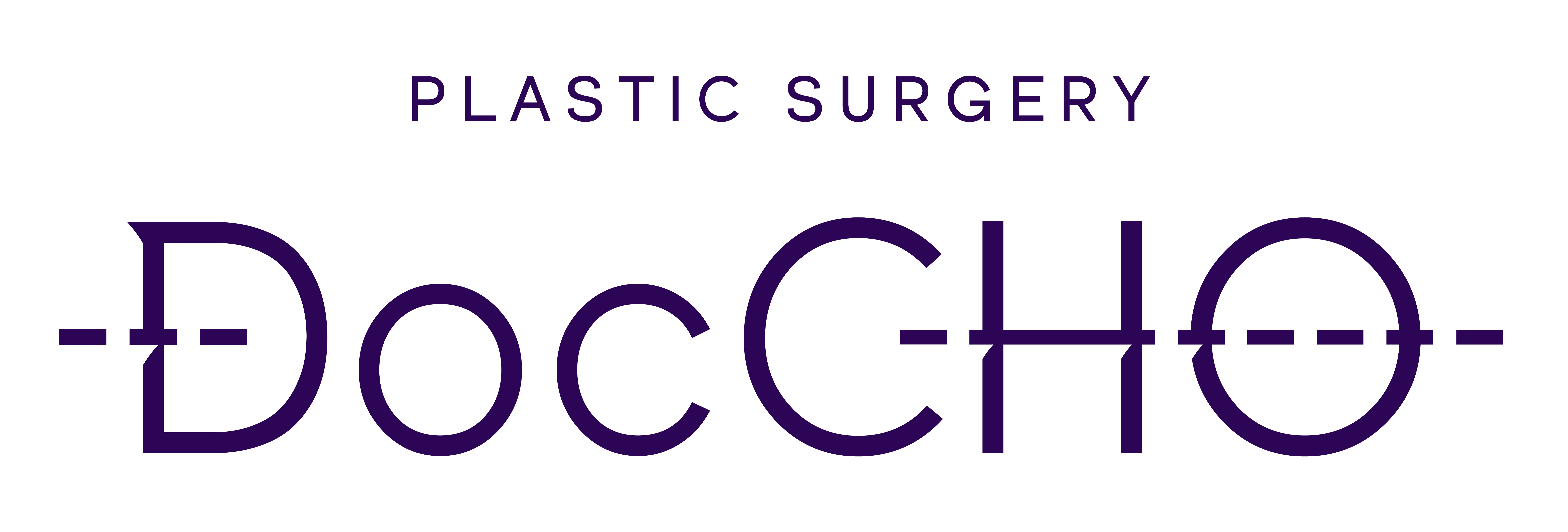Breast Lift: When It's Truly Needed — and Why You Shouldn't Be Afraid
A few years ago, the word “lift” made patients panic. It sounded drastic, scary, painful. People preferred to say: “I want implants, but no lift.” Or even better — “Just a periareolar one and forget it.” Now that sounds like a meme. And that's progress.
Why did things change? Because you started seeing real results: beautiful lifted breasts after proper surgery — and the opposite, failed cases where the lift was skipped. Let's talk about when a lift is truly necessary. No myths, no sugar-coating.
1. Why an implant is not a lift
An implant adds volume. That's it. It doesn't fix sagging, lift nipples, or correct areola asymmetry. If you ask for an implant only with sagging breasts — you're fooling yourself. It may look worse.
2. What is an anchor lift and when it's a must
For significant sagging (ptosis), only the anchor technique works. It removes excess skin, reshapes the breast, and fixes geometry. Periareolar lifts won’t help here.
3. Why scary photos aren't a sentence
Bad results get more attention. Great results with fine scars go unnoticed — they just look... normal. Often, it’s not the lift that's the problem — it’s the technique or surgeon.
4. Implant + lift = risks
This combo is tricky. When breasts are heavy or skin is tight — it’s better to do it in two steps: first lift, then implant. Safer and smarter.
5. Not for everyone: weight and stability
Obesity or big weight fluctuations are red flags. Especially if breasts are mostly fatty tissue. Lose weight first — then go for surgery.
How to make the right choice?
- Be realistic about your case.
- Check before-and-after photos of similar breasts.
- Choose a surgeon with anchor lift experience.
- Don’t chase scar-free results — chase good results.
- Stage-by-stage approach is totally fine.
The main thing: a lift isn’t scary. What’s scary is not getting it when you truly need it.
